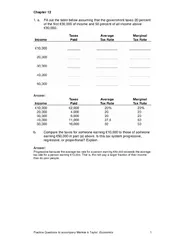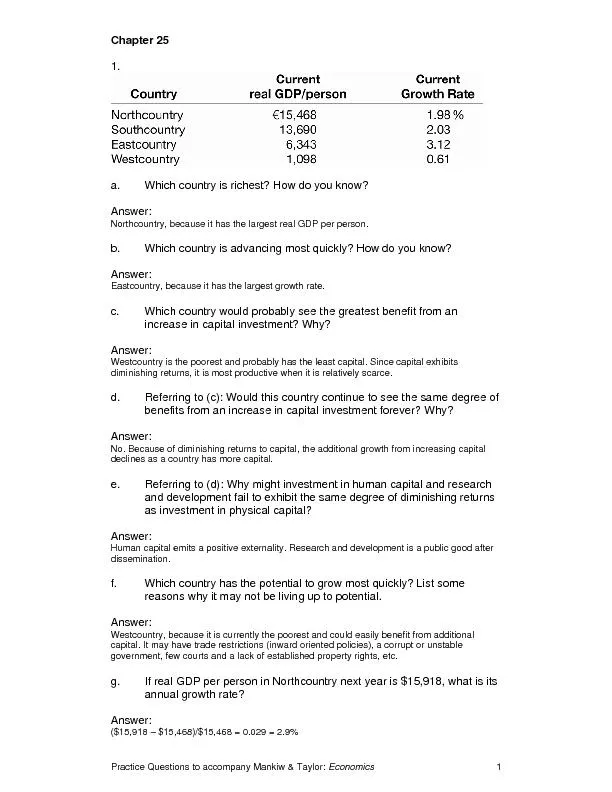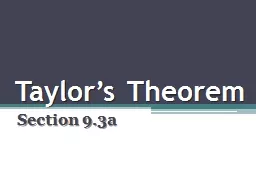PDF-Practice Questions to accompany Mankiw Taylor Economi
Author : myesha-ticknor | Published Date : 2015-05-01
a Fill out the table below assuming that the government taxes 20 percent of the first 30000 of income and 50 percent of all income above 30000 Answer b Compare the
Presentation Embed Code
Download Presentation
Download Presentation The PPT/PDF document "Practice Questions to accompany Mankiw ..." is the property of its rightful owner. Permission is granted to download and print the materials on this website for personal, non-commercial use only, and to display it on your personal computer provided you do not modify the materials and that you retain all copyright notices contained in the materials. By downloading content from our website, you accept the terms of this agreement.
Practice Questions to accompany Mankiw Taylor Economi: Transcript
Download Rules Of Document
"Practice Questions to accompany Mankiw Taylor Economi"The content belongs to its owner. You may download and print it for personal use, without modification, and keep all copyright notices. By downloading, you agree to these terms.
Related Documents














